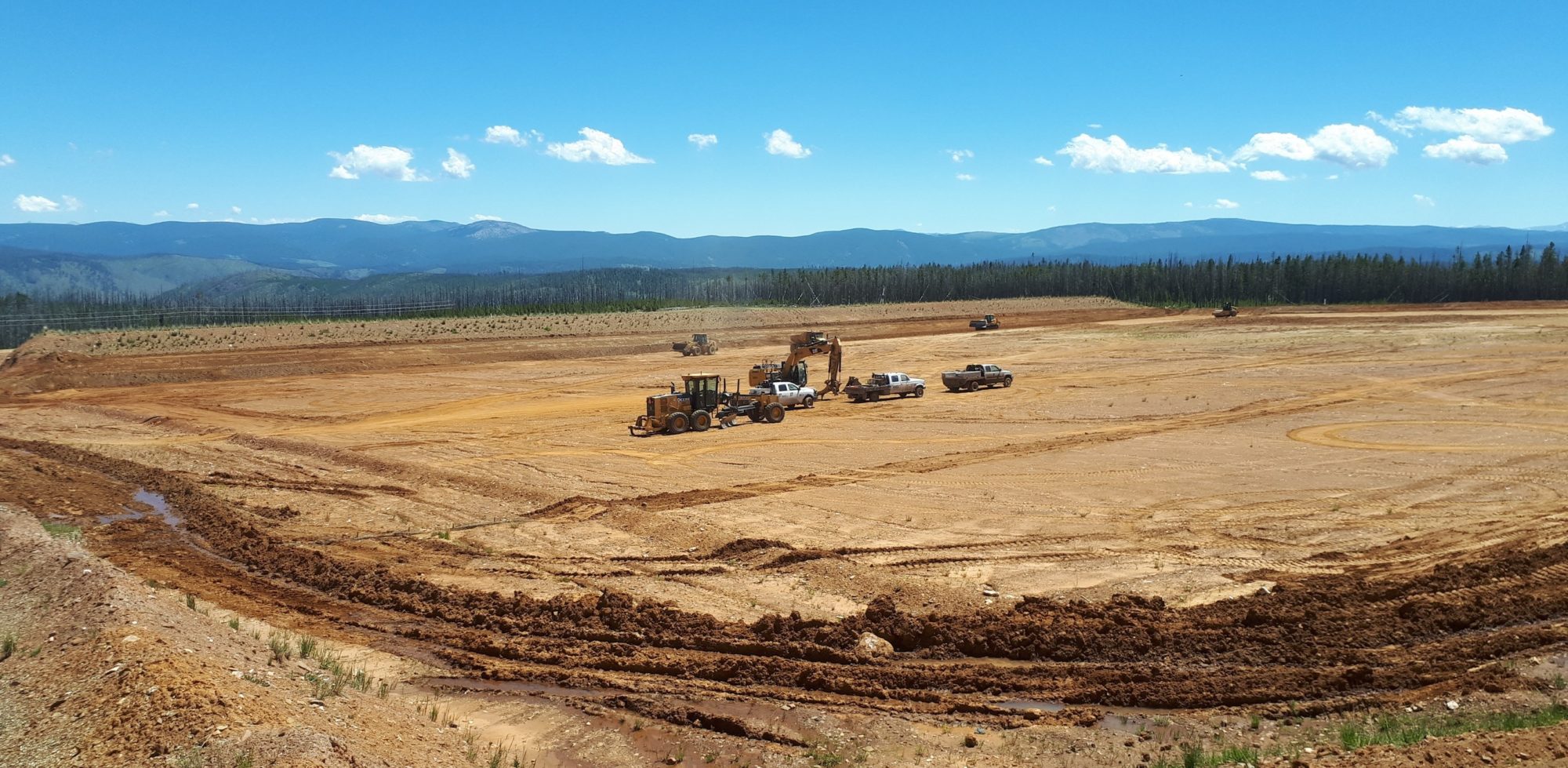eCobalt Solutions has updated us on construction progress at its 100% owned Idaho Cobalt Project (ICP), located near the town of Salmon, in the heart of the historic Idaho Cobalt Belt, USA. The ICP remains the sole, near-term environmentally permitted primary cobalt deposit in America.
“Construction activities continue at the mine site and we are expanding our production-ready team as we advance the ICP towards production,” stated Paul Farquharson, President & CEO of eCobalt. “Activities are ramping up with delivery of critical equipment to site for the construction and finalization of all environmental systems. We have energized the main transformer with installed grid power now operational. The concrete plant is on site and we have begun constructing foundations for the water treatment plant. Furthermore, I am pleased to report that we continue to attract talented individuals possessing a high level of operational expertise, with a total head count of 29 in our Salmon, Idaho office. It is through our team’s hard work and commitment that we have made excellent progress at the ICP to date.”
Highlights of completed works on the mine site to date include:
•Activation of a manned Security Check Point at the property access road
•Moving of over 70,000 t of crushed aggregate to the mine site for construction activities
•Engineering, fabrication and delivery of the water treatment plant (WTP)
•Preparation of the WTP site for building construction
•Establishment of a concrete batch plant on site with contractor QA/QC laboratory
•Provisions on site for emergency medical services.
Work in progress includes:
•Construction of the WTP
•Installation of liners for the Tailings Waste Storage Facility (TWSF) and water management ponds
•Installation of the potable water wells and distribution system
•Completing building pads for the crusher and concentrator
•Finalization of the Water Treatment Bond with the USFS
•Establishment of a construction workforce camp near the property
•Access road improvement projects
•Planning and procurement in preparation for construction of production facilities
•Operational readiness in development of policies and procedures and staff development.
The company’s main objective is to ensure that all environmental systems are in place to manage mine water and waste rock prior to commencing underground operations. These systems include the ground water protection wells, the WTP to be located adjacent to the concentrator facility, piping and instrumentation, installation of the liners on the TWSF and water storage ponds, and the completion of all access and maintenance roads. These activities are part of the use of proceeds from the February 2018 public offering and, due to weather delays earlier this spring, are now anticipated to be completed in early Q4 2018.
In support of these efforts, the company has recently hired additional senior support personnel. Positions currently filled include Vice President/General Manager, Process Manager, HR Manager, Controller, Process Control Foreman, Senior Metallurgist, Mill & WTP Superintendents, Environmental Manager & Technicians, Health & Safety Manager and Coordinators, Field Project Manager, Senior Geologist and Purchasing Superintendent. The Salmon, Idaho based operational team is engaged in managing contractors in the execution of the above tasks, planning the next phases of construction and establishing operational readiness in management and support systems.
Development of the concentrate roasting process continues to proceed as planned. Bench scale testing, conducted by Expert Processing Solutions, a Dundee Sustainable Technologies (DST) partner laboratory, is now completed and pilot-level testing to confirm the updated process flow sheet is scheduled to be completed in July.
The results of engineering and testing to date confirm the ability to produce a clean (<0.5% arsenic content) cobalt concentrate with the arsenic safely sequestered in a vitrified solid, using DST’s patented vitrification process. The final arsenic containing glass product produced meets the requirements of the US Environmental Protection Agency’s Toxicity Characterization Leaching Procedure and the Synthetic Precipitation Leaching Procedure.











